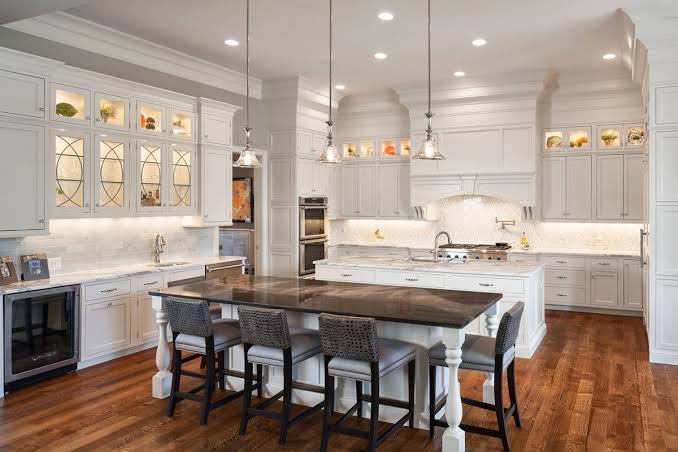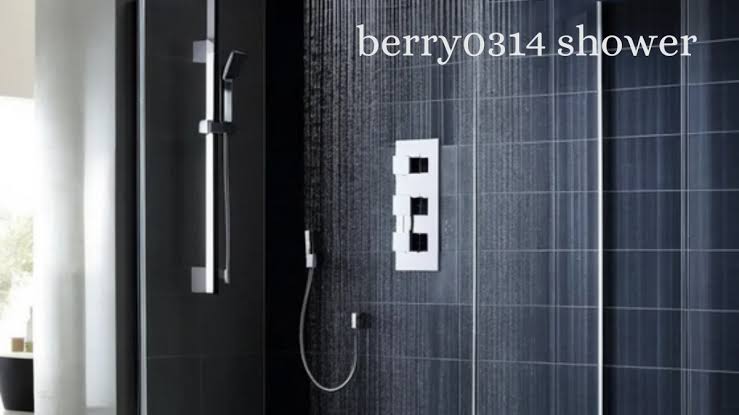Stack in a Kitchen Cabinet: A Comprehensive Guide

Introduction
An organized kitchen is the heart of a functional home. Ensuring that everything is in its place not only makes cooking and meal preparation easier but also enhances the overall aesthetics of the space. One of the key components to achieving this level of organization is knowing how to effectively stack in a kitchen cabinet. Proper stacking techniques can maximize space, provide easy access to items, and maintain a clean and clutter-free environment.
Benefits of Proper Stacking in a Kitchen Cabinet
Maximizing Space: Proper stacking techniques allow you to utilize every inch of your cabinet space, ensuring that even the smallest areas are used efficiently.
Easy Access: Organized cabinets mean you can quickly find what you need without rummaging through clutter.
Enhanced Aesthetics: A neatly organized cabinet contributes to the overall cleanliness and visual appeal of your kitchen.
Materials and Tools for Stacking
Storage Containers: Use containers of various sizes to keep different items organized and contained.
Shelf Risers: These can double your storage space by allowing you to stack items vertically.
Organizers: Baskets, bins, and racks are essential for keeping similar items together.
Preparing Your Kitchen Cabinet
Cleaning: Start by thoroughly cleaning your cabinets to remove any dust or debris.
Decluttering: Get rid of items you no longer need or use. This will free up space and make organization easier.
Assessing Space: Measure your cabinet space to understand what storage solutions will fit best.
Types of Kitchen Cabinets and Their Uses
Base Cabinets: These are the cabinets that sit on the floor and provide the bulk of your kitchen storage.
Wall Cabinets: Mounted on the wall, these cabinets are perfect for storing lighter items and everyday essentials.
Tall Cabinets: Also known as pantry cabinets, these provide extensive vertical storage space, ideal for bulkier items.
Understanding Kitchen Cabinet Dimensions
Standard Dimensions: Typical kitchen cabinets come in standard sizes, but it’s essential to measure your space to ensure a good fit for your storage solutions.
Custom Sizes: Custom cabinets can be designed to fit your specific needs, maximizing space and functionality.
Choosing the Right Storage Solutions
Baskets: Ideal for grouping similar items together.
Bins: Perfect for storing dry goods and pantry items.
Racks: Great for organizing pots, pans, and lids.
Stacking Strategies for Different Items
Plates: Use plate holders or vertical stackers to keep plates neatly organized and accessible.
Glassware: Consider glass racks or hooks for mugs to save space and prevent breakage.
Pots and Pans: Pan racks and pot lid organizers keep these bulky items tidy and within reach.
Pantry Items: Group similar items together and use labels to easily identify contents.
Stacking Plates and Bowls
Using Plate Holders: Plate holders keep plates upright and prevent them from shifting and breaking.
Vertical Stackers: These allow you to stack plates vertically, saving horizontal space and making plates easier to access.
Storing Glassware and Mugs
Glass Racks: These prevent glassware from knocking together and breaking.
Mug Hooks: Hanging mugs on hooks frees up shelf space and keeps your mugs easily accessible.
Organizing Pots and Pans
Pan Racks: These keep pans separated and easy to grab when needed.
Pot Lids: Special organizers can keep pot lids in order and prevent them from cluttering your cabinets.
Arranging Pantry Items
Canned Goods: Stack these in rows to make it easy to see and access what you have.
Spices: Use a spice rack or drawer organizer to keep spices in order.
Dry Goods: Store these in clear, labeled containers to keep them fresh and easily identifiable.
Using Shelf Risers for Extra Space
Benefits: Shelf risers create additional layers of storage space, perfect for stacking items without overcrowding.
Installation Tips: Place risers on sturdy shelves and ensure they are stable before adding items.
Installing Pull-Out Shelves
Types: There are various pull-out shelf options, including wire racks and solid shelves.
Installation: Most pull-out shelves can be installed with basic tools and a bit of DIY knowledge.
Benefits: Pull-out shelves make it easy to access items at the back of your cabinets without digging through the front.
Maximizing Corner Cabinets
Lazy Susans: These rotating trays make it easy to access items in the back corners of your cabinets.
Corner Drawers: Custom corner drawers can make use of otherwise wasted space.
Utilizing Cabinet Doors for Storage
Door-Mounted Racks: These can hold spices, cleaning supplies, or other small items.
Hooks: Install hooks on the inside of doors to hang utensils, mugs, or dish towels.
Drawer Organization Tips
Cutlery Trays: These keep your silverware neatly organized and easy to find.
Adjustable Dividers: These allow you to customize your drawer space to fit your specific needs.
Maintaining an Organized Kitchen Cabinet
Regular Cleaning: Regularly clean your cabinets to prevent dust and grime buildup.
Rotating Stock: Periodically check expiration dates and rotate stock to ensure you’re using items before they go bad.
Mistakes to Avoid When Stacking in a Kitchen Cabinet
Overloading: Avoid overloading shelves to prevent damage and ensure items are easy to access.
Poor Placement: Place frequently used items within easy reach and less frequently used items higher up.
Ignoring Safety: Make sure heavy items are stored low and secure to avoid accidents.
DIY vs. Professional Organizing Solutions
Pros and Cons: DIY solutions can be cost-effective but may lack the precision of professional organizing.
When to Hire a Professional: Consider hiring a professional if you have a large space or complex needs.
Eco-Friendly Kitchen Cabinet Organization
Sustainable Materials: Use eco-friendly materials like bamboo for your storage solutions.
Zero-Waste Tips: Minimize packaging and use reusable containers to reduce waste.
Budget-Friendly Storage Solutions
Affordable Organizers: Look for budget-friendly organizers at discount stores or online.
DIY Hacks: Repurpose household items like shoe boxes or magazine holders for storage.
Innovative Storage Ideas
Hidden Compartments: Create hidden storage areas in your cabinets for a cleaner look.
Multi-Functional Items: Use items that serve multiple purposes, like stackable containers with built-in measuring cups.
Customizing Your Kitchen Cabinet Layout
Tailoring to Your Needs: Customize your cabinet layout to fit your cooking habits and storage needs.
Flexibility: Choose adjustable storage solutions that can be reconfigured as your needs change.
Maintaining Cabinet Longevity
Proper Use: Avoid overloading and misuse to keep your cabinets in good condition.
Maintenance Tips: Regularly check hinges and handles for wear and tear and address any issues promptly.
Safety Tips for Kitchen Cabinet Storage
Weight Distribution: Distribute weight evenly across shelves to prevent tipping.
Child Safety: Use child-proof locks on lower cabinets to keep dangerous items out of reach.
Case Studies: Successful Kitchen Cabinet Organization
Real-Life Examples: Look at examples of well-organized kitchen cabinets for inspiration.
Before and After: See the dramatic difference that proper organization can make.
FAQs
How can I maximize space in a small kitchen cabinet? Use shelf risers, stackable containers, and door-mounted organizers to make the most of limited space.
What is the best way to organize pots and pans in a cabinet? Use pan racks and pot lid organizers to keep everything tidy and easy to access.
How do I keep my kitchen cabinets clean? Regularly wipe down shelves and doors, and periodically declutter to prevent buildup of dirt and grime.
What are some budget-friendly storage solutions? Look for affordable organizers at discount stores and consider DIY solutions using household items.
How can I make my kitchen cabinet eco-friendly? Use sustainable materials like bamboo, minimize packaging, and opt for reusable containers.
When should I consider hiring a professional organizer? If you have a large or complex space, or if you struggle to maintain organization on your own, a professional organizer can provide tailored solutions.
Conclusion
Organizing your stack in a kitchen cabinet can seem daunting, but with the right strategies and tools, it can be a manageable and even enjoyable task. By following the tips and techniques outlined in this guide, you can maximize your storage space, keep your kitchen tidy, and create an efficient and aesthetically pleasing environment. Remember to regularly maintain your cabinets and adjust your organization methods as needed to keep everything running smoothly.



